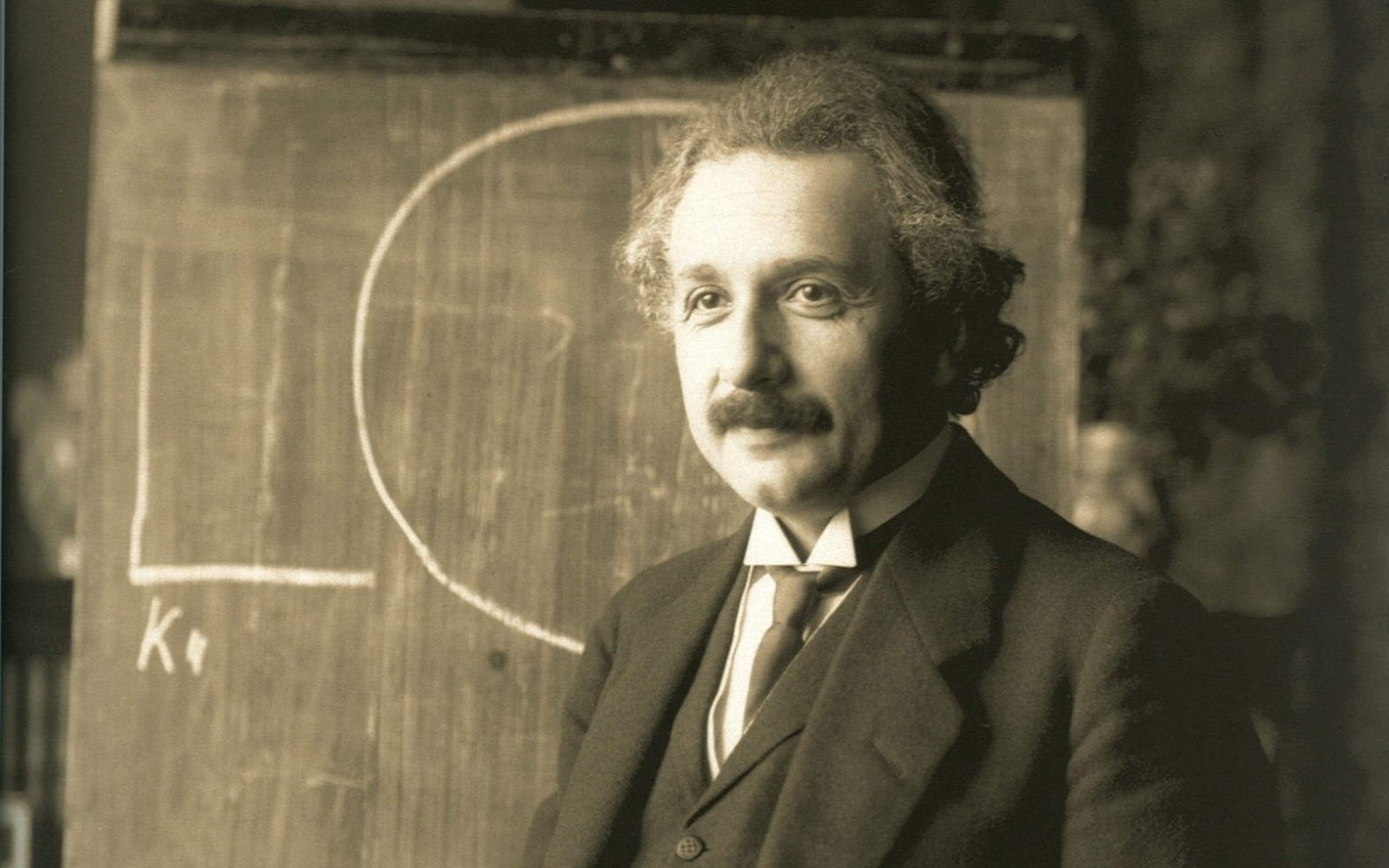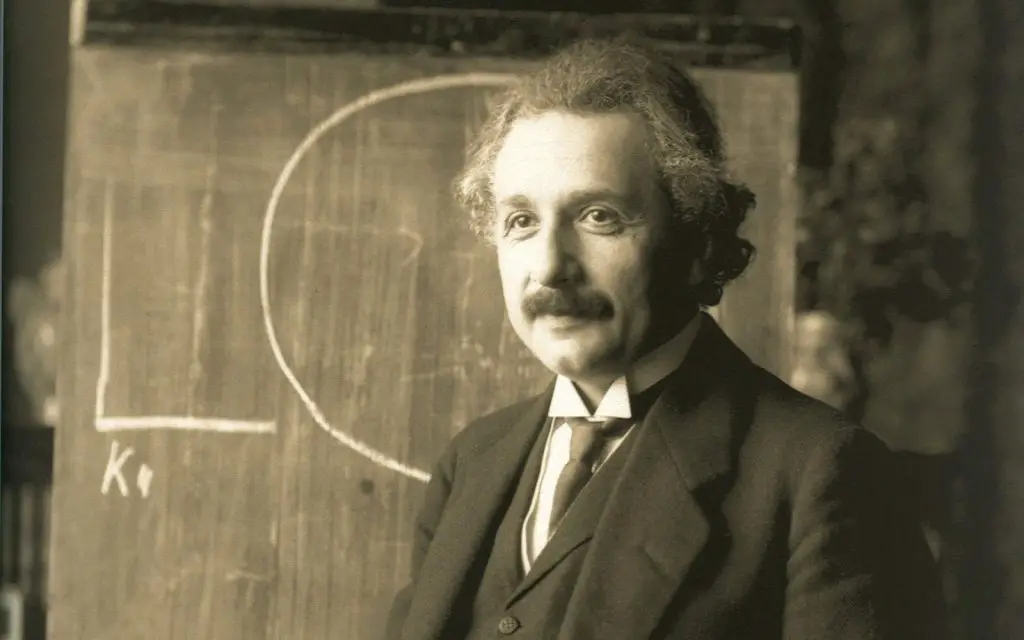E=mc2 is probably the world’s most famous equation. It means “Energy equals mass times the speed of light squared.” The formula basically implies that a small amount of rest mass corresponds to an enormous amount of energy, and that’s the physics behind nuclear fission or nuclear fusion. In this amazing video, Albert Einstein explains his famous formula in his own voice.
Einstein explains his famous formula E=mc²
Transcript of the video above. Albert Einstein explains:
It followed from the special theory of relativity that mass and energy are both but [for] different manifestations of the same thing. A somewhat unfamiliar conception for the average mind.
Furthermore, the equation “E” is equal to “m [times] c squared” in which energy is put equal to mass multiplied by the square of the velocity of light showing that a very small amount of mass may be converted into a very large amount of energy, and vice versa.
The mass and energy were in fact equivalent, according to the formula mentioned before.
This was demonstrated by Cockroft and Walton (see notes 1) in 1932, experimentally.
E=mc², or Mass-energy equivalence
On September 27, 1905, Albert Einstein published a paper titled Does the Inertia of a Body Depend Upon its Energy-Content? In the paper, Einstein described the interchangeable nature of mass and energy (or the Mass-energy equivalence), or what we know today as E=mc2 (see notes 2).
On the most basic level, the equation says that energy and mass (matter) are interchangeable; they are different forms of the same thing. Under the right conditions, energy can become mass and vice versa.
Since the speed of light is a very large number (299,792,458 meters per second, or about 670,616,629 mph), the formula implies that a small amount of rest mass (the mass that is measured when the system is at rest) corresponds to an enormous amount of energy. That’s how stars including our Sun work.
The Sun fuses about 620 million metric tons of hydrogen and makes 616 million metric tons of helium each second! The difference in mass (about 4 million metric tons) gets released as energy. In other words, the Sun loses about 4 million tonnes of mass each second.
Another example: if we could turn every one of the atoms in a paper clip (weşghs about 1 gram) into pure energy (leaving no mass whatsoever), according to Einstein’s formula, the paper clip would yield about 90 trillion joules or about 21 kilotons of TNT. That’s even greater than the energy released by the atomic bomb that destroyed Hiroshima in 1945 (exploded with an energy of approximately 15 kilotons of TNT).
On Earth, however, there is no practical way to convert a paper clip or any other object entirely to energy. It would require temperatures and pressures greater than those at the core of our Sun.
Notes
- Sir John Douglas Cockcroft (27 May 1897 – 18 September 1967), the British physicist who shared with the Irish physicist Ernest Walton (6 October 1903 – 25 June 1995) the Nobel Prize in Physics in 1951 for splitting the atomic nucleus, and was instrumental in the development of nuclear power.
- In the 1905 paper, Einstein uses L to denote energy; the sentence in the paper’s conclusion, “If a body gives off the energy L in the form of radiation, its mass diminishes by L/c².”, may be written as the equation “m = L/c²” which, using the more modern E instead of L to denote energy, maybe trivially rewritten as “E = mc²“.
Sources
- Mass-energy equivalence on Wikipedia
- “E = mc2 Explained” on the NOVA Science Programming on Air and Online website
- “Einstein’s most famous equation: E=mc2” on the Earth Sky website
- How Many Elephants are Left in the World in 2025? - August 17, 2025
- Moon Landings: All-Time List [1966-2025] - February 2, 2025
- What Is Max-Q and Why Is It Important During Rocket Launches? - January 16, 2025


One reply on “Albert Einstein explains his famous formula E=mc² in his own voice (video)”
I saw Albert Einstein’s theories provide a theoretical base for all technological developments using worlds today, like autonomous, Internet, blockchain, Facing applications, internet of things, Virtual Reality, and so on. All these applications are created fundamentally in physics equations developed by Einstein and other scientists.